The devastating power of a tsunami is unmatched in nature's arsenal. Nowhere is this more evident than in Japan, a nation intimately familiar with the ocean's fury. The 2011 Great East Japan Earthquake and subsequent tsunami left an indelible mark on the country's collective consciousness, rewriting the rules of coastal survival. What emerged from that tragedy was a hard-earned wisdom about how to cheat death when the sea comes rushing inland.
Japan's geographical reality makes tsunamis inevitable. Sitting atop four tectonic plates that constantly grind against each other, the archipelago experiences about 1,500 earthquakes annually. While most are minor, the potential for massive undersea quakes triggering tsunamis always looms. Coastal communities have learned through bitter experience that when the ground shakes violently near the ocean, the water will soon follow with terrifying speed.
The initial warning signs often get missed by visitors or newcomers. Locals know that a strong earthquake lasting more than 20 seconds, especially one that makes standing difficult, almost certainly means a tsunami is coming. The ocean sometimes withdraws dramatically first, exposing seafloor never normally visible. This unnatural low tide is nature's final warning before the surge arrives. Those who stop to marvel at the phenomenon rather than flee often become statistics.
Modern Japan has developed a sophisticated early warning system, but technology alone can't save lives. Sirens wail and cell phones blast emergency alerts when sensors detect tsunami conditions, giving precious minutes for evacuation. However, the 2011 disaster proved these systems have limitations - when the quake itself knocks out power and communication infrastructure. The real survival advantage comes from ingrained community knowledge passed through generations and reinforced through relentless drills.
Coastal towns now mark escape routes with bright blue lines painted on roads and sidewalks. These arrows point the way to designated tsunami evacuation buildings - sturdy, multi-story structures with reinforced concrete construction. Schools and government buildings often serve this purpose, their stairwells marked with signs indicating safe heights. The rule is simple: reach at least the third floor of a quake-resistant building, or get to high ground at least 30 meters above sea level.
Survivors' accounts from 2011 reveal heartbreaking patterns. Many who perished did so because they underestimated the water's power or overestimated their safety margin. The tsunami that hit Tōhoku reached heights of 40 meters in some places, overwhelming sea walls and sweeping away entire neighborhoods. Those who initially escaped then returned home to retrieve belongings often met their doom when subsequent waves arrived. The lesson now drilled into every schoolchild: evacuate immediately and don't return until authorities give all-clear.
Preparation extends beyond knowing evacuation routes. Japanese households in vulnerable areas maintain "tsunami bags" - emergency kits containing bottled water, nonperishable food, medications, flashlights, whistles, and copies of important documents. These grab-and-go packs save crucial seconds when every moment counts. Many residents keep sturdy shoes near their beds, remembering how broken glass and debris turned streets into obstacle courses during past disasters.
The architecture of survival has evolved dramatically. Coastal forests now stand as first-line defenses, their roots helping to dissipate wave energy. Massive sea walls punctuate Japan's coastline, though engineers acknowledge these can only mitigate smaller tsunamis. Some communities have built artificial hills topped with shrines or parks, serving dual purposes as both recreation spaces and life-saving high ground. Underground tunnels with watertight doors offer last-resort refuge in flat areas where reaching elevation isn't possible.
Tourists face particular risks during tsunamis due to language barriers and unfamiliarity with local geography. Hotels in vulnerable areas now provide multilingual evacuation maps and conduct briefings upon check-in. Many include tsunami alarms in guest rooms and mark escape routes in multiple languages. The savvy traveler studies these upon arrival, noting at least two ways to reach high ground from their location. Japanese convenience stores even stock emergency guides in various languages, recognizing that disasters don't discriminate by nationality.
The psychological aspect of tsunami survival proves just as critical as physical preparation. Survivors describe overcoming the paralysis of disbelief - that initial moment when the mind struggles to accept the unfolding catastrophe. Training teaches people to override this instinct, to move automatically when the earth shakes a certain way. Community bonds strengthen resilience; neighbors know to check on elderly residents during evacuations, while local businesses serve as informal gathering points for accountability checks.
Japan's approach continues evolving as climate change raises sea levels and potentially intensifies future tsunamis. Some coastal towns have relocated entire communities to higher ground, an expensive but necessary adaptation. The nation's survival strategies now influence tsunami preparedness worldwide, yet Japanese officials stress their systems aren't perfect. The ocean remains unpredictable, and complacency remains the deadliest enemy. As rebuilding continues in affected areas, each new structure incorporates lessons from the past while bracing for an uncertain future.
What emerges from Japan's experience is neither fear nor resignation, but rather a profound respect for nature's power coupled with human determination. The knowledge that another major tsunami is inevitable doesn't paralyze coastal residents - it prepares them. Children grow up knowing which hill to climb and which neighbor needs assistance. Fishermen recognize when the ocean behaves strangely. Entire communities maintain a quiet vigilance, understanding that survival depends not on preventing the unpreventable, but on responding with clarity when the moment arrives.

By Victoria Gonzalez/Apr 14, 2025

By Samuel Cooper/Apr 14, 2025

By William Miller/Apr 14, 2025
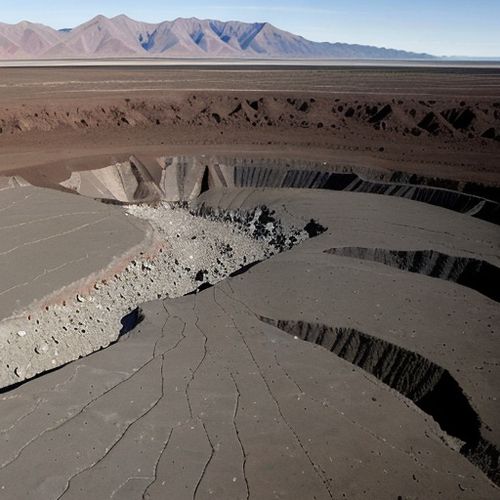
By Emma Thompson/Apr 14, 2025
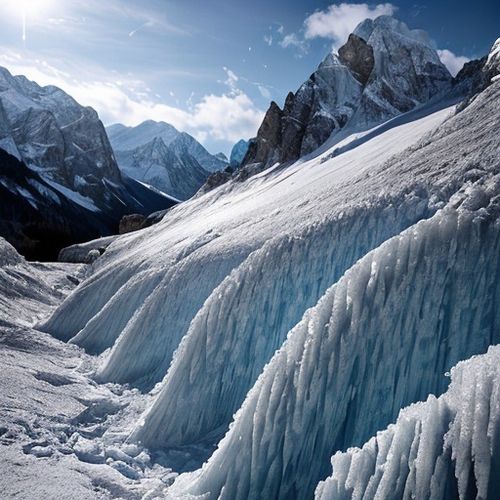
By Lily Simpson/Apr 14, 2025
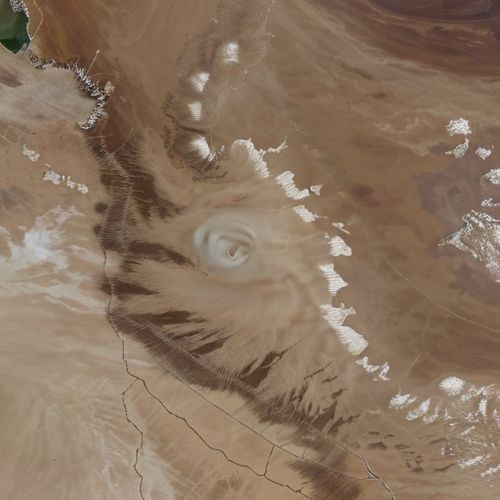
By Emily Johnson/Apr 14, 2025

By George Bailey/Apr 14, 2025
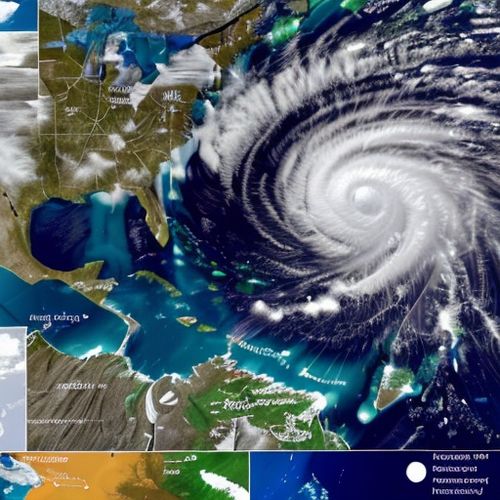
By Sarah Davis/Apr 14, 2025
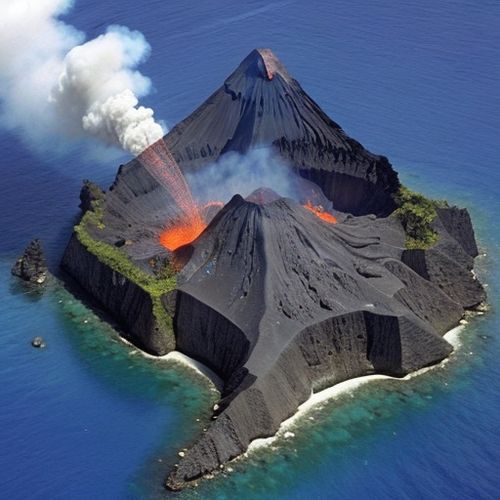
By Grace Cox/Apr 14, 2025
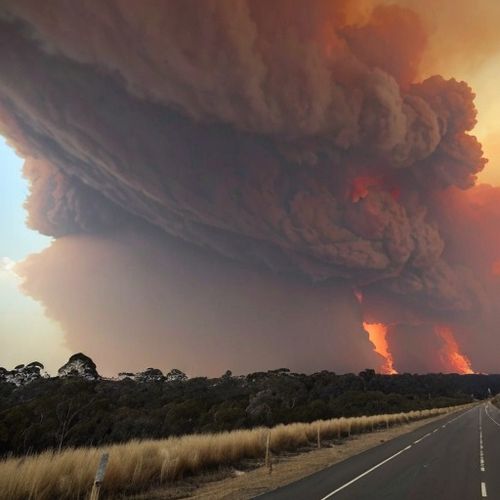
By Natalie Campbell/Apr 14, 2025
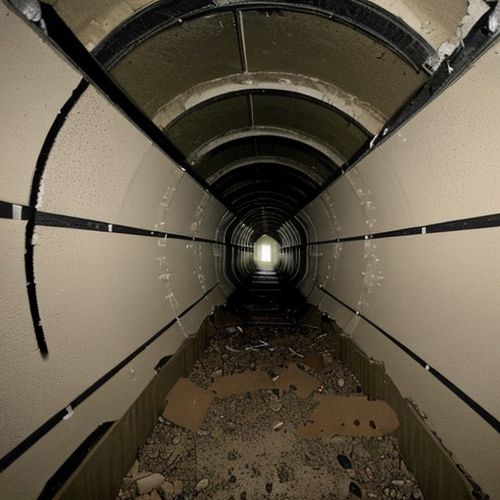
By Christopher Harris/Apr 14, 2025
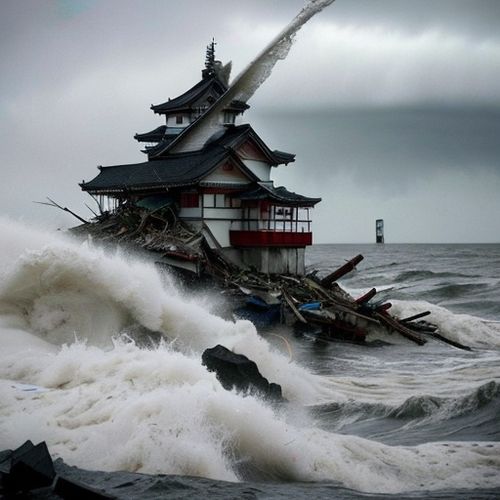
By Rebecca Stewart/Apr 14, 2025

By Joshua Howard/Apr 14, 2025

By Jessica Lee/Apr 14, 2025
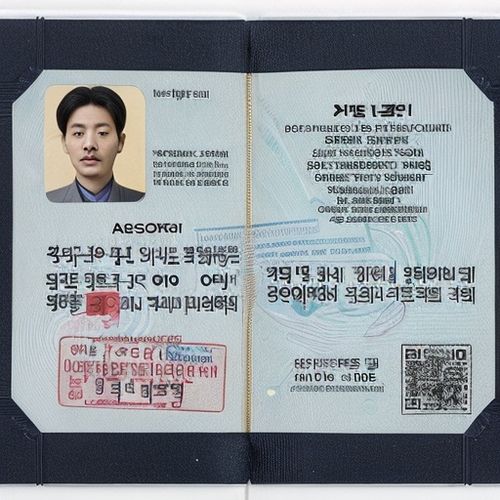
By Eric Ward/Apr 14, 2025

By Lily Simpson/Apr 14, 2025
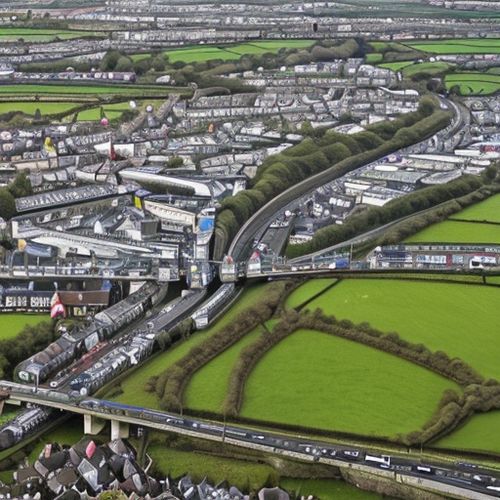
By William Miller/Apr 14, 2025

By Olivia Reed/Apr 14, 2025

By William Miller/Apr 14, 2025